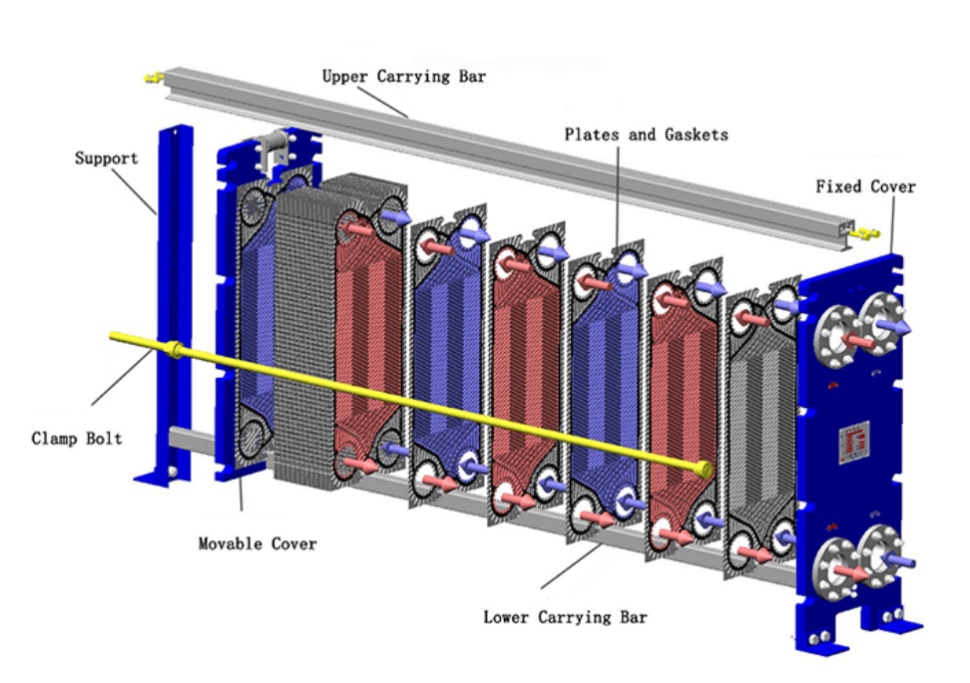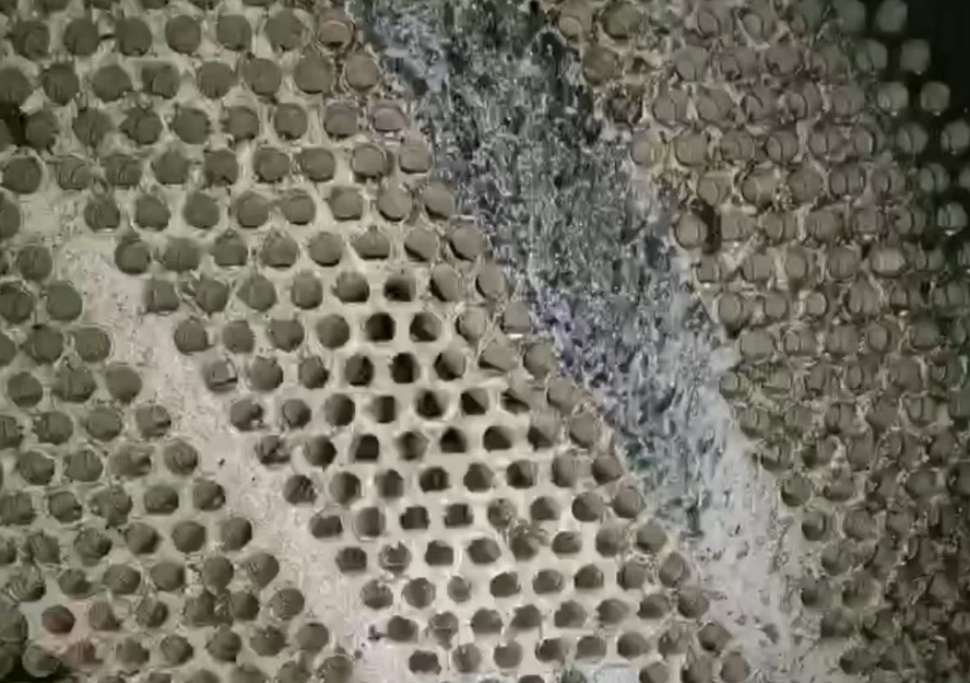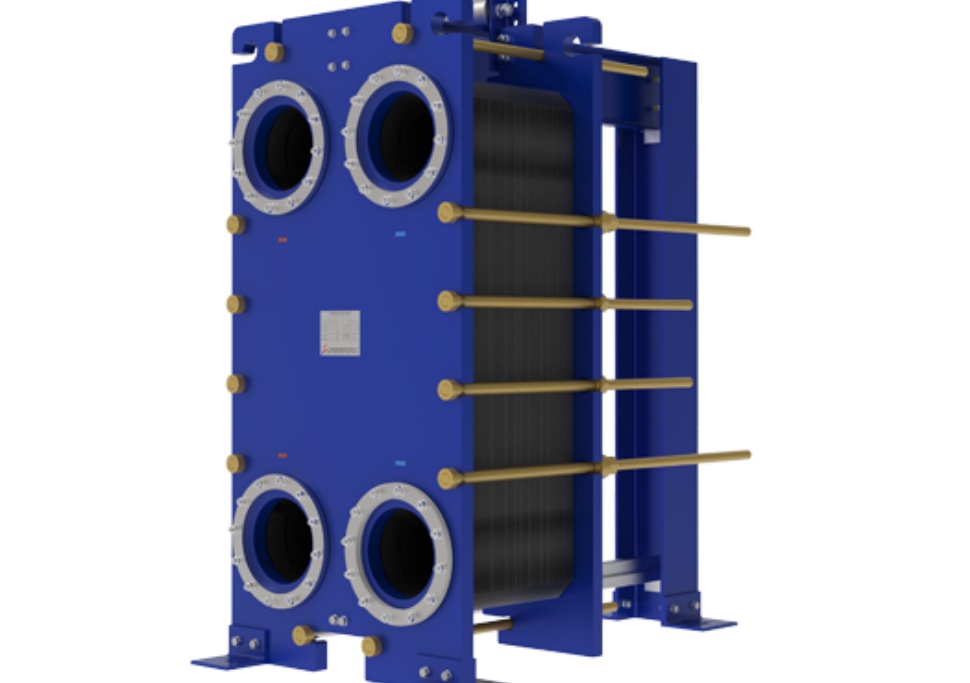What Are The Different Types of Heat Exchanger?
What is a Heat Exchanger
A heat exchanger is a specialized equipment designed to facilitate the transfer of heat from one fluid to another. This mechanism is fundamental in maintaining temperature balances across various systems, ensuring that machinery and processes function optimally. The absence of efficient heat exchange can lead to overheating, energy wastage, and potential system failures.
Application of Heat Exchangers in Industry and Daily Life
Beyond the confines of industrial complexes, industrial heat exchangers permeate our daily existence. From the radiators warming our homes to the refrigeration systems preserving our food, these devices are integral. In industries, they are the linchpins in power plants, chemical processing units, and manufacturing lines, underscoring their ubiquity and significance.
Heat Transfer in Heat Exchangers
Working Principles of Heat Exchangers
The efficacy of a heat exchanger hinges on three primary heat transfer mechanisms:
Conduction: This pertains to the direct transfer of heat through a material or between materials in contact. In heat exchangers, conduction occurs through the walls separating the two fluids.
Convection: This involves the movement of heat due to the bulk movement of fluids. It can be natural, driven by density differences, or forced, induced by external means like pumps or fans.
Radiation: This is the transfer of heat through electromagnetic waves. While less dominant in heat exchangers, it can play a role in high-temperature applications.
Key Considerations for Efficient Heat Exchange
Achieving optimal heat transfer necessitates meticulous design considerations:
Material Selection: Materials with high thermal conductivity enhance heat transfer rates. Additionally, corrosion-resistant materials prolong the lifespan of the exchanger.
Surface Area Optimization: Maximizing the surface area in contact with the fluids facilitates greater heat transfer. This can be achieved through extended surfaces like fins.
Flow Arrangement: The relative movement of the two fluids—counterflow, parallel flow, or crossflow—affects the temperature gradients and, consequently, the efficiency of heat transfer.
What Are The Main Types of Heat Exchangers
Shell and Tube Heat Exchangers:
Comprising a series of tubes enclosed within a cylindrical shell, shell and tube heat exchangers are renowned for their durability and versatility. One fluid traverses the tubes, while the other flows around them within the shell. This design is adept at handling high-pressure applications and is prevalent in industries such as petrochemical processing and power generation.
Plate Heat Exchanger:
Compact Efficiency for Tight Spaces
Plate heat exchangers (PHEs) achieve compact efficiency through stacked corrugated plates, creating dense fluid channels. Turbulent flow from plate patterns boosts heat transfer 3-5x, reducing space needs. Modular design allows capacity adjustment by adding/removing plates without expanding footprint. Their volume is 90% smaller than shell and tube types, ideal for tight spaces in HVAC, ships, or factories. Lightweight materials (e.g., stainless steel) further enhance space-saving.
How Plates Optimize Heat Transfer
PHE (plate heat exchanger) consist of multiple thin, corrugated plates stacked together, creating alternating channels for fluid flow. The corrugations induce turbulence, enhancing heat transfer coefficients and ensuring efficient thermal exchange within a compact footprint.
Cleaning and Operational Benefits
The modular nature of plate type heat exchangers allows for easy disassembly, facilitating straightforward cleaning and maintenance. This design minimizes downtime and ensures consistent operational efficiency.
From Food Processing to HVAC Systems
Their compact design and high efficiency make gasketed plate heat exchangers ideal for applications where space is limited, such as in food processing facilities and HVAC systems. They are particularly favored in industries requiring stringent hygiene standards due to their ease of cleaning.

Plate and Shell Heat Exchanger:
Combining plate and shell designs, this type embeds welded plate packs into a cylindrical shell. It offers the compactness of plate exchangers with the pressure resistance of shell and tube units. Fluids flow through plate channels and shell-side space, achieving high thermal efficiency and handling pressures up to 80 bar. Applications include district heating, oil and gas processing, and high-pressure steam systems. Their hybrid design reduces fouling and accommodates thermal expansion but comes at a higher cost. Maintenance is challenging due to the welded structure, though they outperform traditional types in demanding conditions.
Finned Tube Heat Exchanger:
Finned tube exchangers enhance heat transfer between fluids and gases by attaching fins to the exterior of tubes. The fins increase the surface area, compensating for gases’ low thermal conductivity. These are widely used in air conditioning, automotive radiators, and aerospace cooling systems. Forced convection (e.g., fans) is often applied to improve gas-side heat transfer. Materials like aluminum fins with copper tubes offer a balance of conductivity and cost. While effective for gas-liquid heat exchange, fouling on fin surfaces can reduce efficiency over time. They are less compact than plate exchangers but excel in scenarios requiring air or gas as one of the media.
Air-Cooled Heat Exchangers:
Utilizing ambient air as the cooling medium, air-cooled heat exchangers eliminate the need for water, making them environmentally sustainable and cost-effective. They consist of finned tubes and fans that enhance convective heat transfer. Commonly employed in power plants and petrochemical industries, these exchangers are especially advantageous in regions where water resources are scarce.
Double-Pipe Heat Exchangers:
Also known as hairpin heat exchangers, double-pipe designs feature one pipe nested within another. One fluid flows through the inner pipe, while the other circulates in the annular space between the two pipes. This straightforward design is cost-effective and suitable for applications with lower heat transfer requirements. Its modularity allows for easy installation and scalability.
Compare Performance, Maintenance and Cost
Differences in Heat Transfer Efficiency and Operational Effectiveness
Each heat exchanger type offers distinct performance characteristics.
Shell and tube exchangers excel in handling high pressures and temperatures, making them suitable for heavy-duty applications.
Plate exchangers, with their high surface area-to-volume ratio, provide superior heat transfer rates in compact designs.
Air-cooled exchangers offer independence from water sources, while double-pipe exchangers deliver simplicity and reliability for smaller-scale operations.
Maintenance
Fouling—the accumulation of unwanted materials on heat transfer surfaces—can degrade performance and increase operational costs. Shell and tube exchangers may require periodic cleaning to address fouling, especially in the tubes. Plate heat exchangers, while easier to clean, may necessitate gasket replacements over time. Material selection plays a crucial role in mitigating corrosion and prolonging exchanger lifespan.

Cost and Installation
Initial investment and installation costs vary among exchanger types.
Shell and tube exchangers may involve higher upfront costs but offer longevity in demanding environments.
Plate heat exchangers provide cost savings in terms of space and maintenance but may have limitations regarding pressure and temperature thresholds.
Air-cooled exchangers can reduce operational costs by eliminating water usage, while double-pipe exchangers offer economical solutions for specific applications.
Choosing the Right Heat Exchanger
Matching Fluid Properties and Operating Conditions with Exchanger Type
The selection process should consider fluid characteristics such as viscosity, corrosiveness, and temperature ranges. For instance, highly viscous fluids may benefit from the robust design of shell and tube exchangers, while non-corrosive, low-viscosity fluids might be well-suited to plate exchangers.
Industry-Specific Requirements:
Different industries impose unique demands on heat exchanger performance. Chemical processing may require materials resistant to aggressive substances, while the food and beverage industry prioritizes hygiene and ease of cleaning. HVAC systems often favor compact, efficient designs, and power generation facilities need exchangers capable of handling high thermal loads.

Final Thoughts
A comprehensive understanding of the four primary types of heat exchangers—shell and tube, plate, plate and shell, finned tube, air-cooled, and double-pipe—reveals that each possesses distinct characteristics tailored to specific applications.
Shell and tube exchangers are lauded for their robustness and capacity to handle high-pressure and high-temperature scenarios, making them indispensable in industries such as petrochemical processing and power generation.
Plate heat exchangers, with their compact and efficient design, are ideal for applications where space is constrained and rapid thermal response is required, such as in HVAC systems and food processing.
Air-cooled heat exchangers offer an environmentally friendly solution by utilizing ambient air for cooling, thus conserving water and reducing operational costs, which is particularly beneficial in arid regions or where water resources are limited.
Double-pipe heat exchangers, characterized by their simplicity and cost-effectiveness, serve well in smaller-scale operations or where the process requirements are straightforward and do not necessitate complex heat exchange solutions.
Shanghai Heat Transfer Equipment Co., Ltd. specializes in the design, manufacturing, installation, and service of plate heat exchangers and complete heat transfer systems.
If you need further consultation and discussion, please feel free to contact us.




